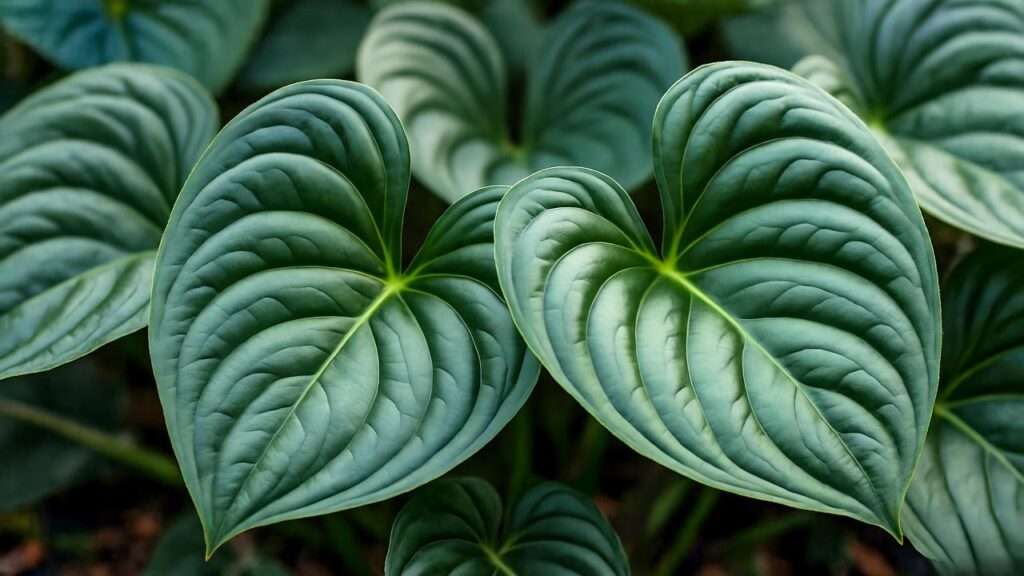Imagine a plant so striking it transforms your shady garden corner or cozy indoor nook into a tropical masterpiece. The tractor seat plant (Farfugium japonicum), with its glossy, kidney-shaped leaves resembling miniature tractor seats, is that plant! Whether you’re a novice gardener or a seasoned plant enthusiast, this shade-loving gem offers bold foliage and low-maintenance charm. In this comprehensive guide, we’ll explore everything you need to know to grow and care for your tractor seat plant, ensuring vibrant, healthy leaves year-round. From ideal growing conditions to troubleshooting tips, let’s dive into creating a thriving green haven! 🌸
1. What Is a Tractor Seat Plant? 🌼
1.1 Overview of Farfugium japonicum
The tractor seat plant, scientifically known as Farfugium japonicum, is a perennial in the Asteraceae family, often called the leopard plant or ligularia. Native to East Asia, particularly Japan and China, it thrives in shaded, moist environments, making it a favorite for gardens and indoor spaces. Its standout feature? Large, glossy, kidney-shaped leaves that can grow up to 12 inches wide, giving it a bold, almost tropical appearance. In late fall to winter, it produces clusters of bright yellow, daisy-like flowers, adding seasonal charm to its lush foliage.
1.2 Why Choose a Tractor Seat Plant?
Why is the tractor seat plant a must-have? Its dramatic foliage serves as a focal point in any landscape, perfect for shaded garden beds or stylish indoor pots. This versatile plant adapts to various settings—outdoor gardens, containers, or as a houseplant—making it ideal for urban dwellers and rural gardeners alike. Its low-maintenance nature suits busy schedules, and its ability to thrive in shade fills a niche where few plants excel. Plus, those vibrant yellow blooms in colder months add a pop of color when most plants fade.
Expert Insight: “The tractor seat plant is a shade gardener’s dream,” says Dr. Emily Carter, a horticulturist with 20 years of experience. “Its bold leaves and easy care make it a standout choice for both beginners and experts.”
2. Ideal Growing Conditions for Tractor Seat Plants ☀️
2.1 Light Requirements
Tractor seat plants thrive in partial to full shade, making them perfect for areas where direct sunlight is scarce. Too much sun can scorch their delicate leaves, causing browning or wilting. Outdoors, place them under tree canopies or in north-facing garden beds. Indoors, position them near north- or east-facing windows to provide bright, indirect light. If you notice leaves fading or yellowing, adjust their placement to reduce light exposure.
2.2 Soil Preferences
These plants love rich, well-draining soil with a slightly acidic to neutral pH (5.5–7.0). A mix of loamy garden soil, compost, and peat moss works wonders for ground planting. For containers, opt for a high-quality potting mix with added organic matter. Good drainage is critical to prevent root rot, so ensure pots have drainage holes and avoid heavy, clay-based soils.
2.3 Temperature and Humidity
Tractor seat plants prefer moderate temperatures between 60–75°F (15–24°C). They’re hardy in USDA Zones 7–10 but may need winter protection in colder climates, such as mulching or moving containers indoors. High humidity mimics their native habitat, so indoor plants benefit from misting, a humidifier, or a pebble tray filled with water. In dry climates, monitor leaf edges for browning, a sign of low humidity.
Pro Tip: Place a shallow tray of pebbles and water beneath your potted tractor seat plant to boost humidity naturally! 💧
3. Planting Your Tractor Seat Plant 🌱
3.1 Choosing the Right Location
Selecting the perfect spot is key to a thriving tractor seat plant. Outdoors, choose a shaded area under trees or near taller plants that filter sunlight. Avoid windy spots, as strong gusts can damage large leaves. Indoors, place near windows with indirect light or in well-lit rooms with ambient brightness. Consider the plant’s mature size (up to 2 feet tall and wide) when planning your layout.
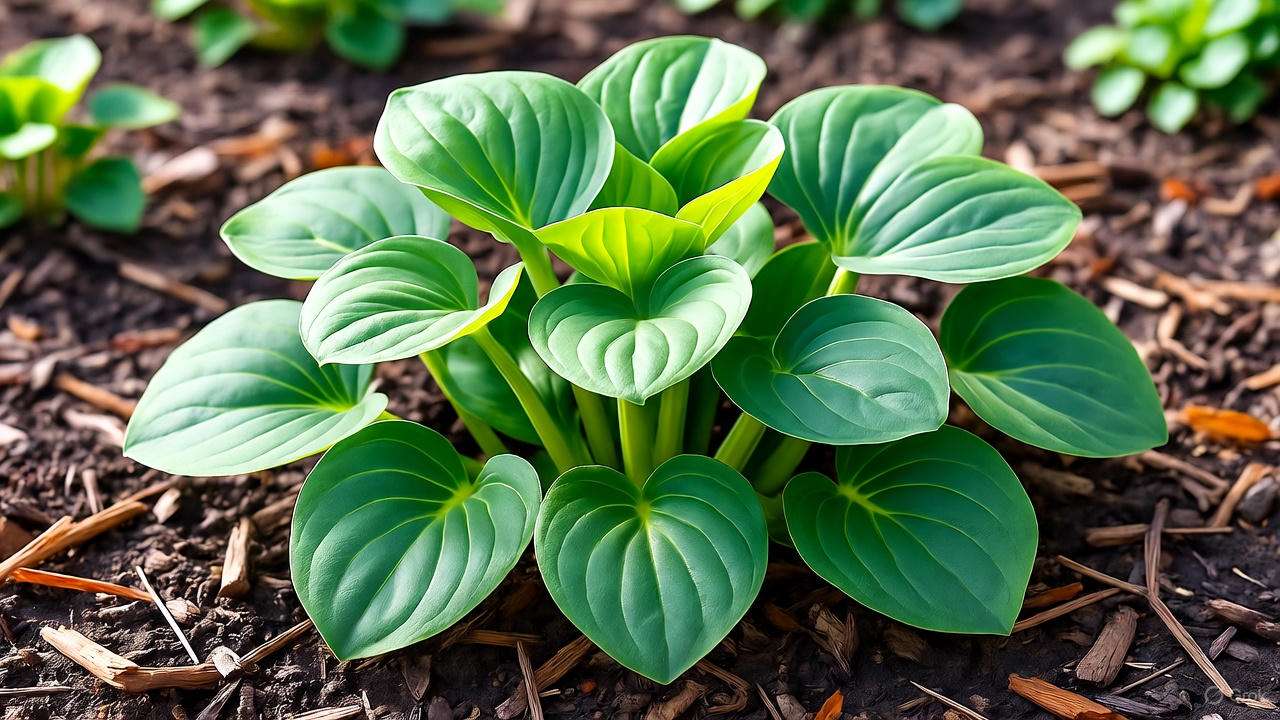
3.2 Step-by-Step Planting Guide
- Prepare the Soil: For ground planting, mix in compost or organic matter to enrich the soil. For pots, use a well-draining potting mix.
- Dig the Hole: Make it twice as wide and as deep as the root ball.
- Plant: Place the plant so the crown sits at soil level, spacing multiple plants 12–18 inches apart.
- Water Thoroughly: Soak the soil to settle roots, ensuring even moisture.
- Mulch: Add a 2-inch layer of organic mulch (e.g., bark or leaf mold) to retain moisture and regulate soil temperature.
3.3 Container Gardening Tips
Container-grown tractor seat plants shine in shaded patios or indoor spaces. Choose a pot at least 12–14 inches wide with drainage holes to accommodate their spreading roots. Ceramic or glazed pots help retain moisture, but avoid plastic pots in humid climates to prevent overwatering. Repot every 2–3 years to refresh soil and prevent root crowding.
Example: Sarah, a Seattle gardener, transformed her shaded balcony with three potted tractor seat plants. “Their glossy leaves add such a lush vibe, and they’re so easy to care for!” she shares.
4. Essential Care Tips for Thriving Tractor Seat Plants 💧
4.1 Watering Needs
Consistent moisture is the secret to healthy tractor seat plants. Keep the soil evenly moist but not waterlogged—think of it as a damp sponge. Water outdoor plants deeply once or twice a week, depending on rainfall. Indoors, check the top inch of soil; water when it feels dry. Overwatering leads to yellowing leaves or root rot, while underwatering causes wilting or crispy leaf edges.
4.2 Fertilizing for Healthy Growth
Feed your tractor seat plant monthly during the growing season (spring to early fall) with a balanced, water-soluble fertilizer (e.g., 10-10-10). Dilute to half-strength to avoid over-fertilization, which can burn leaves or stunt growth. In winter, reduce or stop fertilizing as the plant enters dormancy.
4.3 Pruning and Maintenance
Regular maintenance keeps your plant looking its best. Remove dead or yellowing leaves at the base with clean shears to encourage new growth. Deadhead spent flowers in late winter to maintain vigor. For indoor plants, wipe leaves with a soft, damp cloth to remove dust and enhance photosynthesis.
Expert Tip: A quick leaf polish with lukewarm water and a soft cloth keeps your tractor seat plant’s foliage glossy and healthy! ✨
5. Common Problems and Solutions 🐛
5.1 Pests
Tractor seat plants occasionally attract slugs, snails, and aphids, especially in damp, shaded areas. Slugs and snails leave irregular holes in leaves, while aphids cluster on new growth, causing curling. Combat them organically:
- Slugs/Snails: Hand-pick at night or use diatomaceous earth around the plant base.
- Aphids: Spray with neem oil or a mild soapy water solution.
Prevent pests by keeping the area free of debris and adding a mulch barrier.
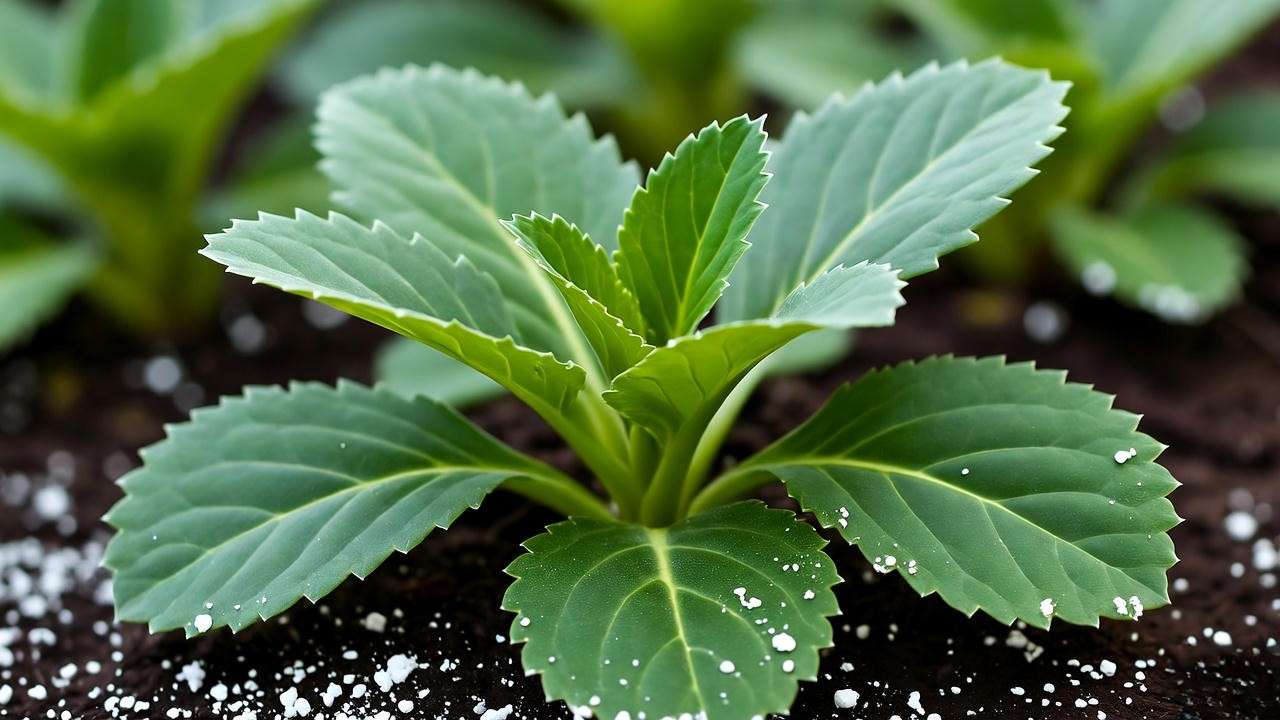
5.2 Diseases
Root rot and powdery mildew are the main concerns in overly wet conditions. Root rot, caused by poor drainage, leads to mushy roots and wilting. Prevent it by ensuring well-draining soil and avoiding overwatering. Powdery mildew appears as white patches on leaves; improve air circulation and avoid overhead watering to control it.
5.3 Troubleshooting Leaf Issues
| Symptom | Cause | Solution |
|---|---|---|
| Yellowing leaves | Overwatering, nutrient deficiency | Reduce watering, check drainage, apply balanced fertilizer |
| Browning leaf edges | Low humidity, too much sun | Increase humidity, move to shadier spot |
| Wilting | Underwatering, root issues | Water thoroughly, check for root rot |
Quick Fix Table: Use this table to diagnose and resolve common tractor seat plant issues quickly.
6. Propagating Tractor Seat Plants 🌿
6.1 Division Method
Propagating your tractor seat plant is a rewarding way to expand your collection or share with fellow gardeners. The most effective method is division, best done in early spring or fall when the plant is not actively blooming. Here’s how to do it:
- Prepare the Plant: Water the plant a day before to hydrate roots and reduce stress.
- Dig Up: Gently lift the plant from the ground or remove it from its pot, shaking off excess soil to expose the root ball.
- Divide: Use a clean, sharp knife or spade to separate the root ball into sections, ensuring each division has at least one healthy stem and several roots.
- Replant: Plant each division in prepared soil or pots, following the planting guide in Section 3.2.
- Water and Care: Keep the soil moist and place divisions in a shaded area until established, usually within 2–3 weeks.
Pro Tip: Dividing mature tractor seat plants every 2–3 years not only creates new plants but also rejuvenates the parent plant, keeping it vigorous and healthy! 🌱
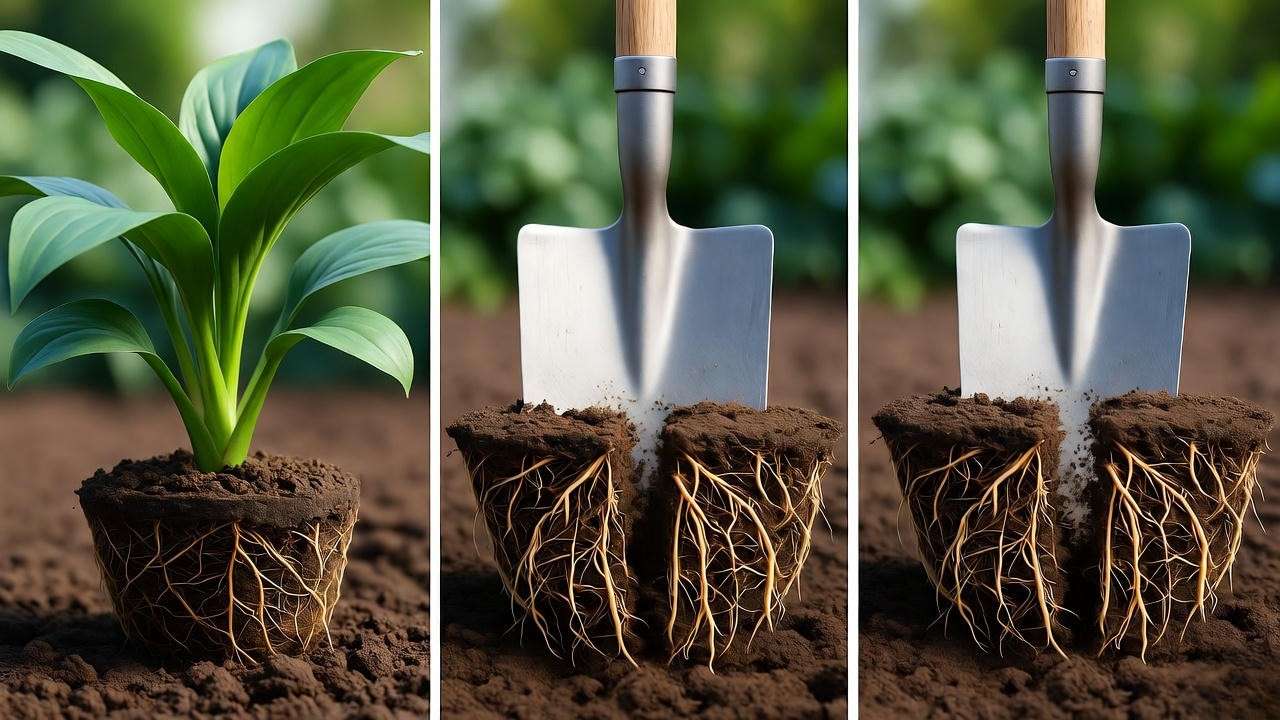
6.2 Seed Propagation
While possible, growing tractor seat plants from seeds is less common due to slower germination and variable results. Seeds can be collected from spent flowers in late winter, but they require patience and precise conditions. If you choose this method:
- Sow seeds in a seed-starting mix in early spring, keeping them moist and in a warm (65–70°F), shaded area.
- Cover lightly with soil, as they need some light to germinate.
- Expect germination in 2–4 weeks, but seedlings may take years to reach the size of divided plants.
Due to the time and effort involved, most gardeners prefer division for reliable propagation.
7. Design Ideas for Tractor Seat Plants in Your Space 🏡
7.1 Garden Design
The tractor seat plant’s bold foliage makes it a standout in shaded garden designs. Use it as a ground cover in areas where grass struggles, such as under trees or along shaded pathways. Its large leaves create a lush, tropical vibe when paired with companion plants like:
- Hostas: Their textured leaves complement the tractor seat’s glossy finish.
- Ferns: Add a feathery contrast for a layered look.
- Astilbes: Their delicate blooms enhance the tractor seat’s bold structure.
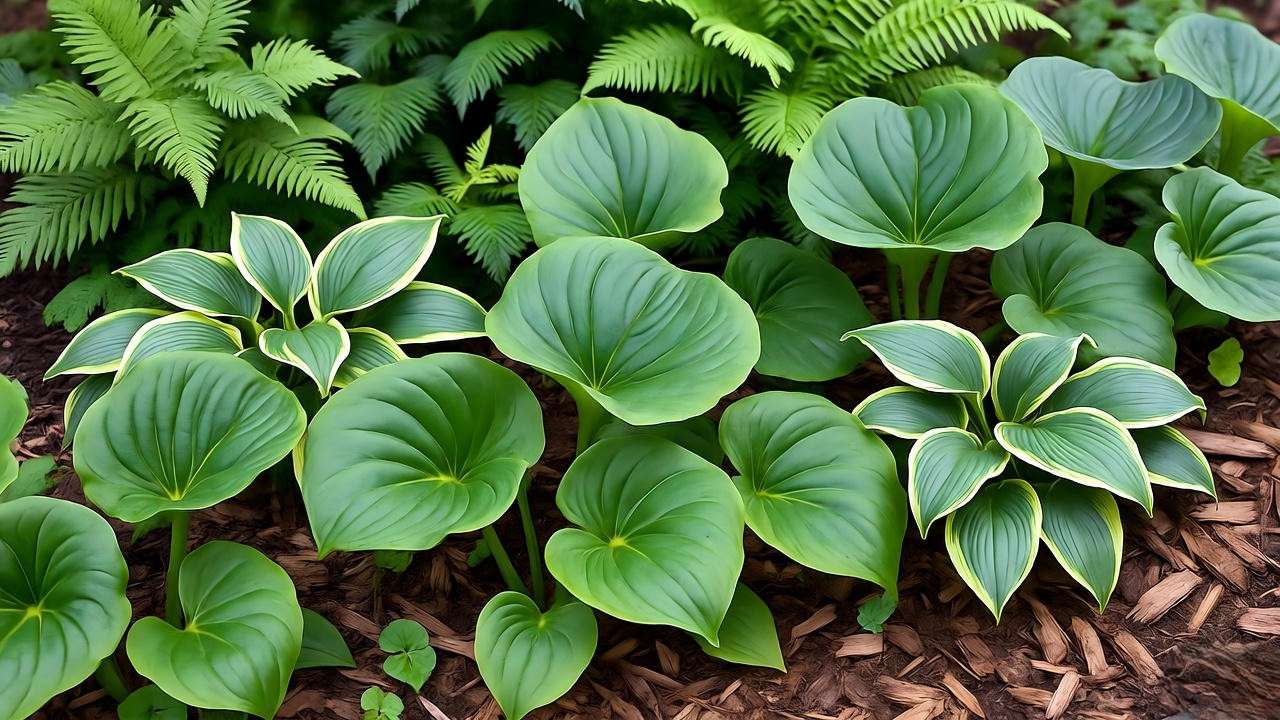
Plant in groups of three or five for visual impact, spacing them 12–18 inches apart to allow their leaves to shine without overcrowding. A mulch layer of bark or leaf mold not only retains moisture but also adds a polished look to garden beds.
7.2 Indoor Decor
Indoors, tractor seat plants elevate any space with their dramatic foliage. Place them in decorative ceramic pots to accentuate their tropical aesthetic. Ideal spots include:
- Living Rooms: Near a coffee table or in a corner with indirect light for a bold statement.
- Bathrooms: Their love for humidity makes them perfect for spa-like settings.
- Shaded Patios: Use as a centerpiece in outdoor living areas protected from direct sun.
For a modern look, pair with minimalist decor or neutral-toned pots. Regularly rotate the pot to ensure even light exposure, preventing lopsided growth.
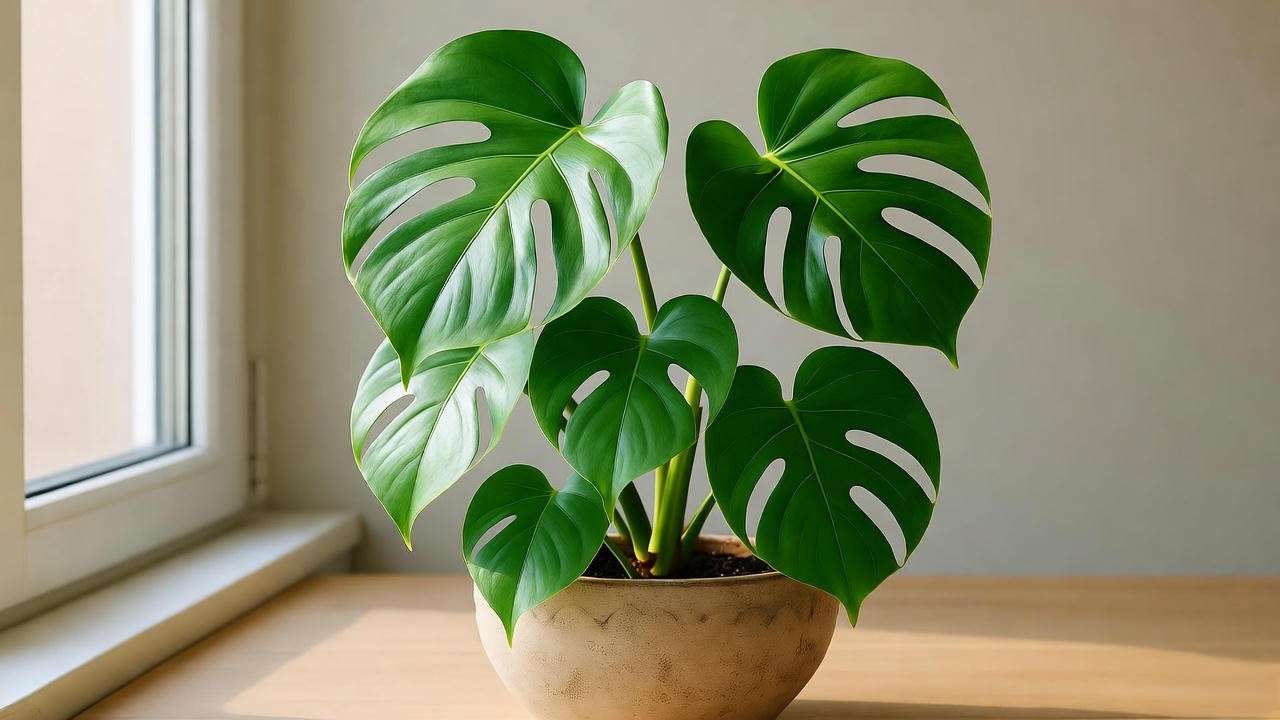
Inspiration Gallery: Visualize tractor seat plants in action—imagine a cluster in a shaded Zen garden or a single potted specimen brightening a cozy reading nook. High-quality images of these setups can inspire readers to try similar designs at home.
8. Seasonal Care for Tractor Seat Plants 🍂
Spring
Spring is the time to kickstart your tractor seat plant’s growth. Divide mature plants early in the season to refresh them. Apply a balanced fertilizer (e.g., 10-10-10) to encourage lush foliage. Check for winter damage and prune dead leaves to promote healthy new growth.
Summer
Summer demands consistent watering to maintain moist soil, especially during hot spells. Monitor for pests like slugs, which thrive in warm, damp conditions. Mulch around outdoor plants to keep roots cool and retain moisture. For indoor plants, ensure adequate humidity to prevent leaf browning.
Fall/Winter
In fall, enjoy the tractor seat plant’s bright yellow blooms, which add cheer to fading gardens. In USDA Zones 7 or cooler, protect outdoor plants from frost by adding a thick mulch layer or moving containers to a sheltered area. Indoors, reduce watering and stop fertilizing as growth slows.
Year-Round Indoor Care
For indoor tractor seat plants, maintain consistent care by checking soil moisture weekly and keeping humidity high. Rotate the plant monthly to ensure even light exposure. Clean leaves regularly to keep them dust-free and vibrant.
9. FAQs About Tractor Seat Plant Care ❓
Q1: Can tractor seat plants grow indoors year-round?
Yes! Tractor seat plants thrive indoors with indirect light, high humidity, and consistent moisture. Place near a north-facing window and use a humidifier or pebble tray to mimic their native environment.
Q2: How do I prevent slugs from eating my tractor seat plant?
Hand-pick slugs at night, sprinkle diatomaceous earth around the base, or use organic slug bait. Mulching with coarse materials like bark can also deter them.
Q3: Why are my tractor seat plant’s leaves turning yellow?
Yellowing leaves often indicate overwatering or poor drainage. Check the soil and pot for waterlogging, and ensure proper drainage. A nutrient deficiency may also be the cause, so apply a balanced fertilizer.
Q4: Is the tractor seat plant toxic to pets?
Tractor seat plants are generally non-toxic to cats and dogs, but ingesting large amounts may cause mild stomach upset. Keep them out of reach of curious pets to be safe.
Q5: How often should I repot my container-grown tractor seat plant?
Repot every 2–3 years or when roots become crowded. Choose a pot 2 inches larger in diameter and refresh the soil with a well-draining mix.
10. Conclusion: Your Path to Lush Tractor Seat Plants 🌟
The tractor seat plant is a game-changer for shade gardens and indoor spaces, offering bold, glossy foliage and easy-care charm. By providing the right light, soil, and moisture, and staying vigilant about pests and diseases, you can cultivate a thriving plant that elevates your space year-round. Whether you’re planting in a shaded garden bed or styling a pot in your living room, this versatile perennial delivers tropical beauty with minimal effort. Start your tractor seat plant journey today, and share your success stories in the comments below! For more shade-loving plant tips, explore our guides on hostas and ferns. 🌿
Expert Quote: “Few plants rival the tractor seat plant’s ability to bring drama and ease to shaded spaces,” says Dr. Laura Hayes, a botanical garden curator. “Its versatility and resilience make it a must-have for any plant lover.”

